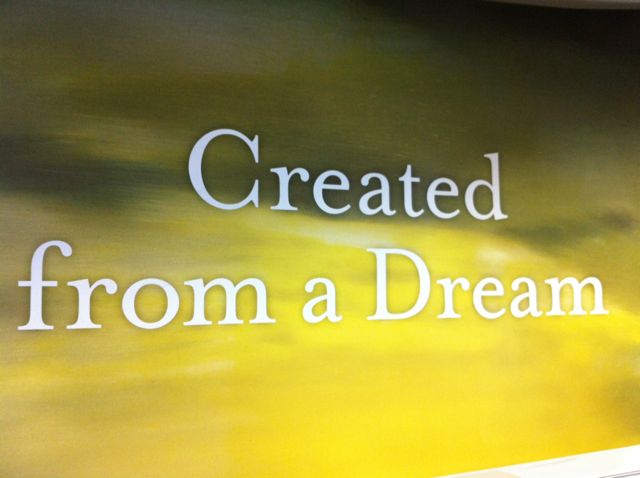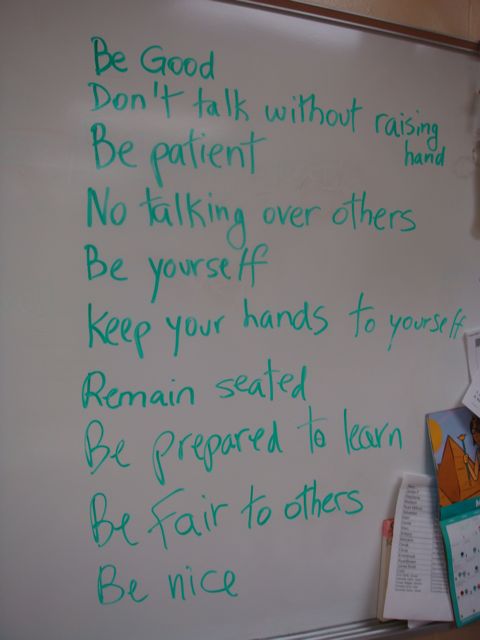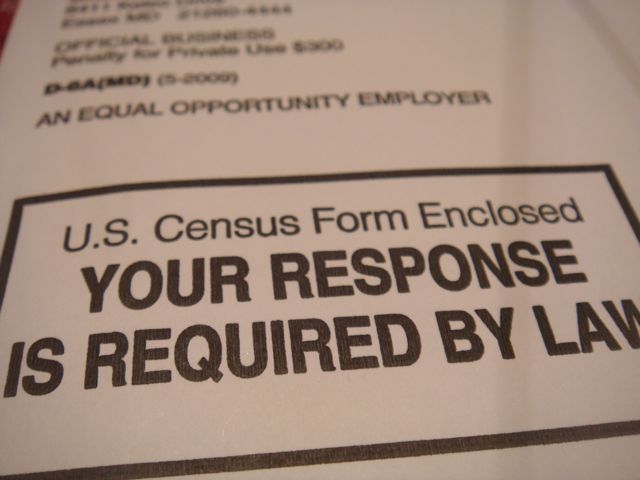
This is today’s (rare) long post. There’s also a short one today (above) if you don’t want to bother reading this.
Copied this directly from website – humangrowth.tripod.com, knowing full well only 3% clicked through two days ago. Here’s your second chance. You’re welcome. 🙂
Daniel Levinson graduated from Yale as a psychologist. He later developed a comprehensive theory of adult development. This theory is important because it is one of the only ones which suggests that development and growth happens well into the adult years.
At the center of Levinson’s theory is the life structure. This is an underlying pattern of an individual’s life at any given point in time. A person’s life structure is shaped mainly by their social and physical environment, and it primarily involves family and work. Other variables such as religion, race, and status are often important as well.
In his theory there are two key concepts:
1) the Stable Period – This is the time when a person makes crucial choices in life.
2) the Transitional Period – This is the end of a person’s stage and the beginning of a new one. Life during these transitions can be either rocky or smooth, but the quality and significance of one’s life commitments often change between the beginning and end of a period.
There are 6 stages of adulthood in Levinson’s theory titled “Seasons of a Man’s Life”:
1) Early adult transition (17-22) – leave adolescence, make preliminary choices for adult life
2) Entering the adult world (22-28) – make initial choices in love, occupation, friendship, values, lifestyle
3) Age 30 transition (28-33) – changes occur in life structure, either a moderate change or, more often, a severe and stressful crisis
4) Settling down (33-40) – establish a niche in society, progress on a timetable, in both family and career accomplishments; are expected to think and behave like a parent so they are facing more demanding roles and expectations .
5) Mid-life transition (40-45) – life structure comes into question, usually a time of crisis in the meaning, direction, and value of each person’s life. Neglected parts of the self (talents, desires, aspirations) seek expression. Men are seen more as parents than as “brothers” to other men who are somewhat younger than them and this message comes as an irritation at first. Also at this time, men becoming increasingly aware of death and they are reminded of how short life really is. They become involved in trying to leave a legacy and this usually forms the core of the second half of his life.
6) Entering middle adulthood (45-50) – choices must be made, a new life structure formed. Person must commit to new tasks.
* Some sources also stated that there was a late adulthood stage during which time a man spent time reflecting on past achievements and regrets, and making peace with one’s self and others (including God).
** Daniel Levinson later went on to write a book titled “Seasons of a Woman’s Life”.
Next Blog



